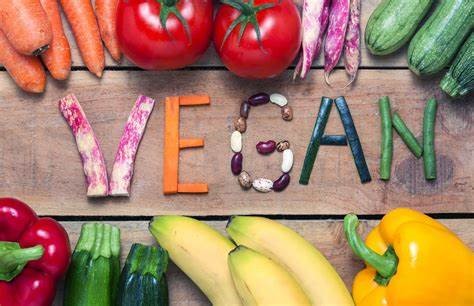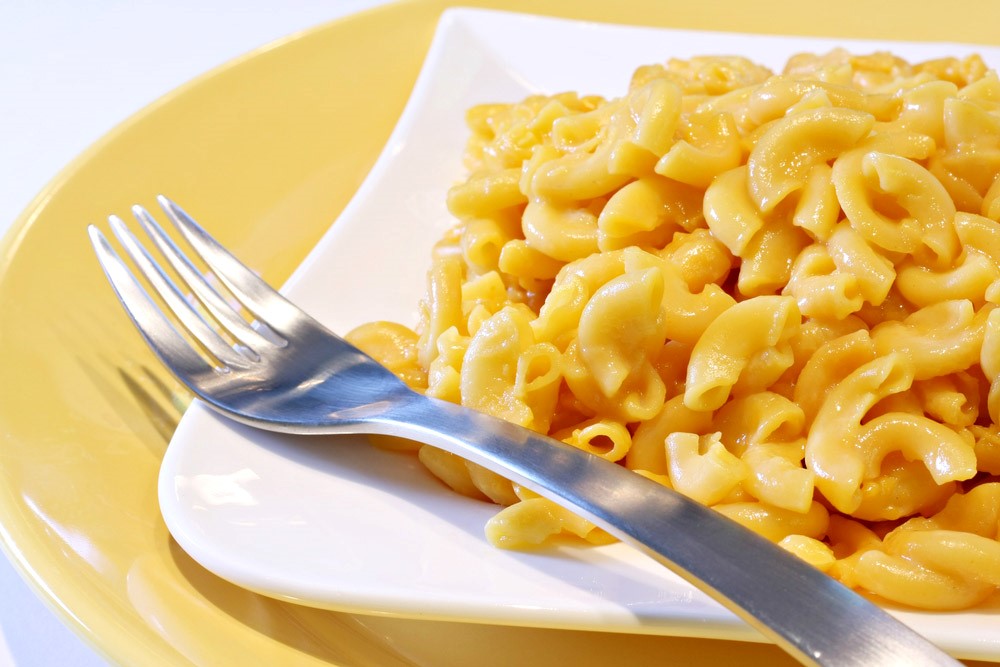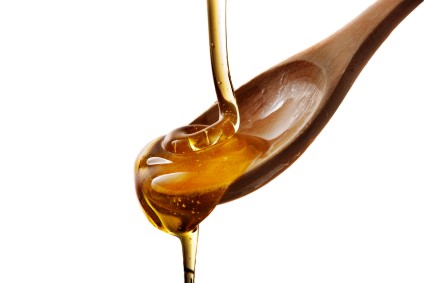Nutrition Articles
Clean Eating 101: Ways to Detox Your Food
Nearly every day we hear about our foods and how they are becoming laced with synthetic ingredients. If you want to avoid these synthetic ingredients, you need to learn how to detoxify the foods you are eating and choose healthier foods.

Here are some suggestions to detoxify and eat healthier this year:
- Clean your Produce.
- Avoid cans as much as possible.
- Choose Whole Foods.
- Shop for Safer Seafood.
- Watch your Animal Fat Intake.
In the News Celebrating World Vegan Month– Part II
(continued from Part I…)

Label reading and label awareness is especially important for those who follow a vegan diet. This is also very important to those who have animal-specific allergies. The Vegan Society suggests that everyone read labels and re-read labels, as over time ingredients of even your favorite foods may change.
There is a difference between vegan products and “free-from” products, so being food conscious is extremely important for those who follow a vegan lifestyle.
So, what do vegans eat? (Besides the obvious vegetables!)
Essentially, vegans eat everything and anything that comes from plants: fruits, vegetables, nuts, beans, grains, seeds, and pulses.
What about eating out as a vegan?
Any chef worth their salt will be able to rustle up something vegan for you from ingredients they already have in the kitchen - and if you ask nicely, many will rise to the challenge of creating tasty vegan mains and decadent desserts. Contact them in advance so they’re not put on the spot. Be prepared to help them out with suggestions of easy vegan meals – some chefs need a little nudge to realize just how many of the delicious ingredients they use happen to be vegan anyway.
Another thing that vegans need to do is find dairy replacements. Most stores these days offer “dairy-free” and vegan cheese, milk, yogurt, sour cream, ice cream and other foods that are safe to consume and in fact, tasty as their non-vegan counterparts.
In the News Celebrating World Vegan Month– Part I
Back in November 1944, founding members of The Vegan Society first coined the term “vegan” and for the past 80 years every November they celebrate World Vegan Month.

So this month we take a look into the culture of Veganism and talk about some of the ins and outs of this movement that has gained popularity over the past 80 years.
What is Veganism?
According to the Vegan Society, it is defined as “Veganism is a philosophy and way of living which seeks to exclude - as far as is possible and practicable - all forms of exploitation of, and cruelty to, animals for food, clothing, or any other purpose; and by extension, promotes the development and use of animal-free alternatives for the benefit of animals, humans and the environment. In dietary terms it denotes the practice of dispensing with all products derived wholly or partly from animals.”
Those at the Vegan Society stress that veganism is not just about diet, but also a way of life. For example, vegans will not wear leather or suede and they will not use beauty products whose ingredients are derived from animals.
When people follow a vegan diet, they often eat more fruits and vegetables and enjoy meals that contain more fiber and are lower in saturated fats.
A vegan diet thrives off the following nutrients:
- Vitamin B 12
- Protein
- Omega 3 Fats
- Calcium
- Vitamin B
- Iodine
- Selenium
- Iron
- Zinc
- Vitamins K and A
(continued in Part II…)
Food for Thought Ways to Avoid Comfort Eating
Overeating seems to be inevitable this time of year. The stress that comes with shopping, cleaning, and cooking make it easy to turn to food for relief. Resisting the urge to eat because of emotions rather than to satisfy hunger can be difficult. Here are some tips to avoid comfort eating during the holidays:
Continue usual routines: Sticking to an everyday schedule helps to keep anxiety at bay. If you only eat three meals and a snack before the holidays, keep it that way. Working out can also divert you from the tempting leftovers in the refrigerator. It helps your mind stay active and distracted.
Identify your triggers: Knowing what specifically drives you to emotional eating can make an incredible difference. Stress and boredom are the main causes for most people. Keeping yourself calm yet entertained can significantly reduce the want to munch on some unhealthy treats.
Respond, not react: After immediately having a craving, most of us go straight to the pantry to fulfill it. Allowing yourself to take a moment and think about what you are about to do and the guilt you will have afterwards can stop the craving all together. Have some nutritious snacks ready and waiting, so during that pause, you have the time to remember that you have a healthier option.
Moderation: There must be a balance in your meal plans. Sometimes, it can be impossible to avoid the comfort foods, so only have a small portion. Giving yourself a taste of what you have been yearning for can satisfy those cravings without blowing your diet.
In the News: Understanding High Fructose Corn Syrup
It seems that one of the most asked questions these days is high fructose corn syrup worse for you than regular sugar. Well, according to studies, last year alone Americans consumed 27 pounds of high fructose corn syrup, after all it can be found nearly everywhere including the fruit on the bottom of your yogurt and in many whole wheat breads.

While that number is down from the 37.5 pounds consumed per person back in 1999, it seems that most Americans are filling in those remaining calories and pounds by adding in good old-fashioned sugar.
Normal table sugar is made up of 50 percent fructose and 50 percent glucose. But since fructose is sweeter than glucose many manufacturers increased the ratio, to inexpensively hook their consumers. High fructose corn syrup contains 55 percent fructose and 45 percent glucose.
Because it is sweeter, people who eat foods high in high fructose corn syrup it may cause overeating and weight gain. Studies have also shown that high fructose corn syrup may also contain varying amounts of mercury.
The Institute for Agriculture and Trade Policy stated that “mercury was present in nearly a third of 55 popular brand name food and beverages in which high fructose corn syrup was the first or second ingredient on the label.”
It is important to be a good label reader and avoid foods that list high fructose corn syrup as an ingredient on the label. Even if an item is marked “natural” or in the health food aisle, it still can contain high fructose corn syrup as a main ingredient.
Even though table sugar isn’t as bad for you as high fructose corn syrup, it can still wreak havoc on your diet and weight loss goals. Indulge in sugary items as a treat or only on special occasions, instead of at every meal.

